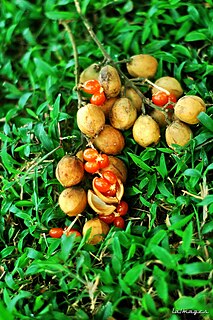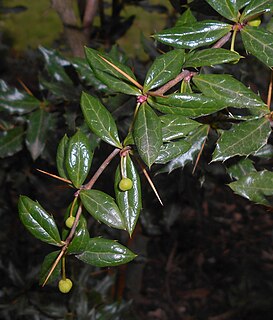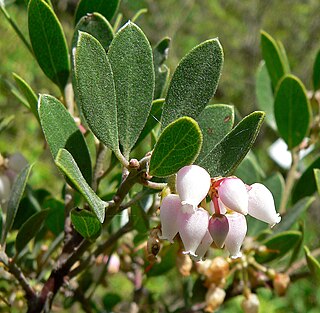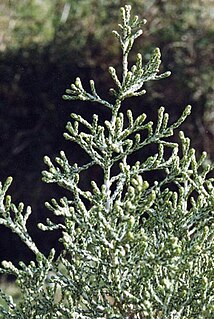
Sea lions are pinnipeds characterized by external ear flaps, long foreflippers, the ability to walk on all fours, short, thick hair, and a big chest and belly. Together with the fur seals, they make up the family Otariidae, eared seals, which contains six extant and one extinct species in five genera. Their range extends from the subarctic to tropical waters of the global ocean in both the Northern and Southern Hemispheres, with the notable exception of the northern Atlantic Ocean. They have an average lifespan of 20–30 years. A male California sea lion weighs on average about 300 kg (660 lb) and is about 2.4 m (8 ft) long, while the female sea lion weighs 100 kg (220 lb) and is 1.8 m (6 ft) long. The largest sea lion is Steller's sea lion, which can weigh 1,000 kg (2,200 lb) and grow to a length of 3.0 m (10 ft). Sea lions consume large quantities of food at a time and are known to eat about 5–8% of their body weight at a single feeding. Sea lions can move around 16 knots in water and at their fastest they can reach a speed of about 30 knots. Three species, the Australian sea lion, the Galápagos sea lion and the New Zealand sea lion, are listed as endangered.

The New Zealand sea lion, also known as Hooker's sea lion, and as whakahao or rāpoka in Māori, is a species of sea lion that primarily breeds on New Zealand's subantarctic Auckland and Campbell islands and to some extent around the coast of New Zealand's South and Stewart islands. The New Zealand sea lion numbers around 10,000 and is perhaps the world's rarest sea lion species. They are the only species of the genus Phocarctos.

Metanephrops challengeri is a species of slim, pink lobster that lives around the coast of New Zealand. It is typically 13–18 cm (5–7 in) long and weighs around 100 g (3.5 oz). The carapace and abdomen are smooth, and adults are white with pink and brown markings and a conspicuous pair of long, slim claws. M. challengeri lives in burrows at depths of 140–640 m (460–2,100 ft) in a variety of sediments. Although individuals can live for up to 15 years, the species shows low fecundity, where small numbers of larvae hatch at an advanced stage.

Baccaurea is a genus of flowering plant belonging to the family Phyllanthaceae. The genus comprises over 100 species, distributed from Indomalesia to the West Pacific. It is dioecious, with male and female flowers on separate plants. Many species contain edible fruits.

Ixodiphagus hookeri, the tick wasp, is a chalcid wasp which lays its eggs into ticks. It seems to use a symbiotic bacteria, Wolbachia pipientis, to weaken the tick's immune system.
Draba hookeri is a species of flowering plant in the family Brassicaceae. It is found only in Ecuador. Its natural habitats are subtropical or tropical high-altitude grassland and rocky areas. It is threatened by habitat loss.
Agrostistachys hookeri is a species of plant in the family Euphorbiaceae. It is endemic to Sri Lanka.
Baccaurea glabrifolia is a species of plant in the family Phyllanthaceae. It is endemic to the Philippines.
Baccaurea latifolia is a species of plant in the family Phyllanthaceae. It is found in Malaysia and Singapore.
Baccaurea odoratissima is a species of plant in the family Phyllanthaceae. It is endemic to the Philippines.

Baccaurea polyneura is a species of plant in the family Phyllanthaceae. It is native to Peninsular Malaysia, and Sumatra island of Indonesia. The fruit is edible, if sour, and is locally harvested and sold.
Beauprea congesta is a species of plant in the family Proteaceae. It is endemic to New Caledonia.

Berberis candidula is a species of plant in the family Berberidaceae. It is endemic to China, native to the provinces of Hubei and Sichuan.
Brackenridgea hookeri is a species of plant in the family Ochnaceae. It is found in India, Malaysia, Singapore, and Thailand.
Goniothalamus hookeri is a species of plant in the Annonaceae family. It is endemic to Sri Lanka.
Memecylon hookeri is a species of plant in the family Melastomataceae. It is endemic to Sri Lanka.

Arctostaphylos hookeri is a species of manzanita known by the common name Hooker's manzanita.

Ozothamnus hookeri, commonly known as kerosene bush, is an aromatic shrub species, endemic to Australia. It grows to between 0.5 and 1 metre in height and has white-tomentose branchlets. The scale-like leaves are 4 to 5 mm long and 0.5 to 1 mm wide. These are green on the upper surface, and white tomentose below. The flower heads appear in dense clusters in summer and autumn The species occurs in boggy sites and subalpine heathland New South Wales and Tasmania.
Conospermum hookeri, commonly known as the Tasmanian smokebush, is a plant endemic to Tasmania.
Stylidens is an extinct genus of mammaliaforms, possibly belonging to Morganucodonta, that lived in what is now England during the Middle Jurassic. Its type species is Stylidens hookeri, which was named in 2016 by Percy M. Butler and Denise Sigogneau-Russell from an isolated lower molar found at the Forest Marble Formation. A second molar referable to the genus is also known, which may represent a separate species.









